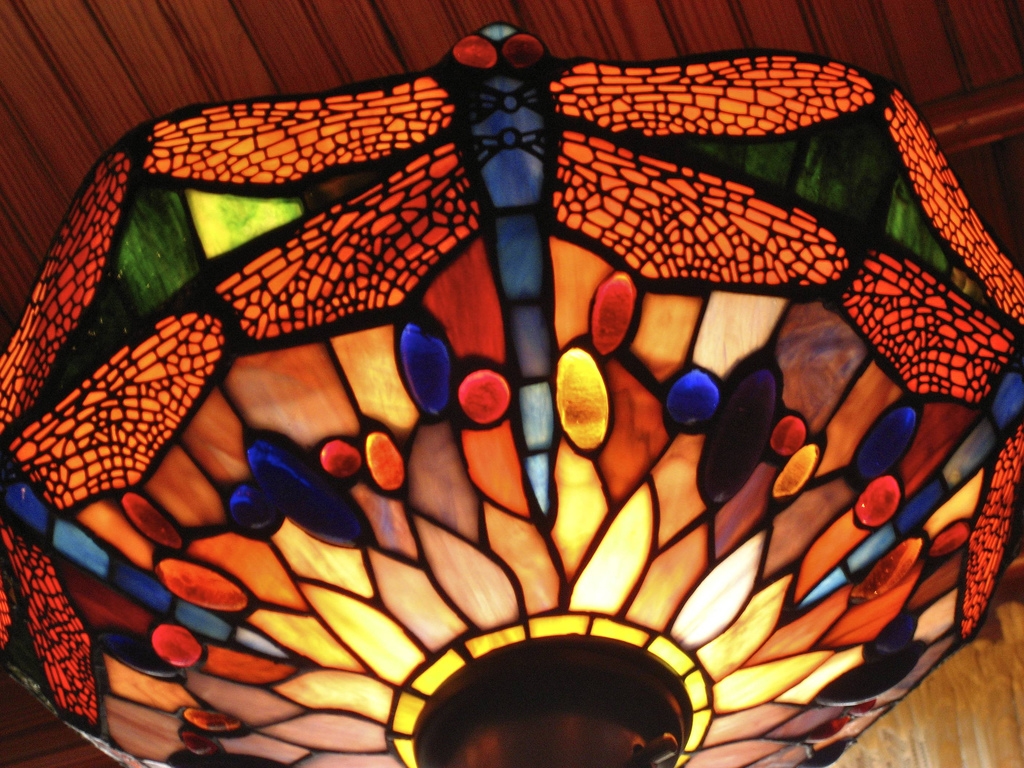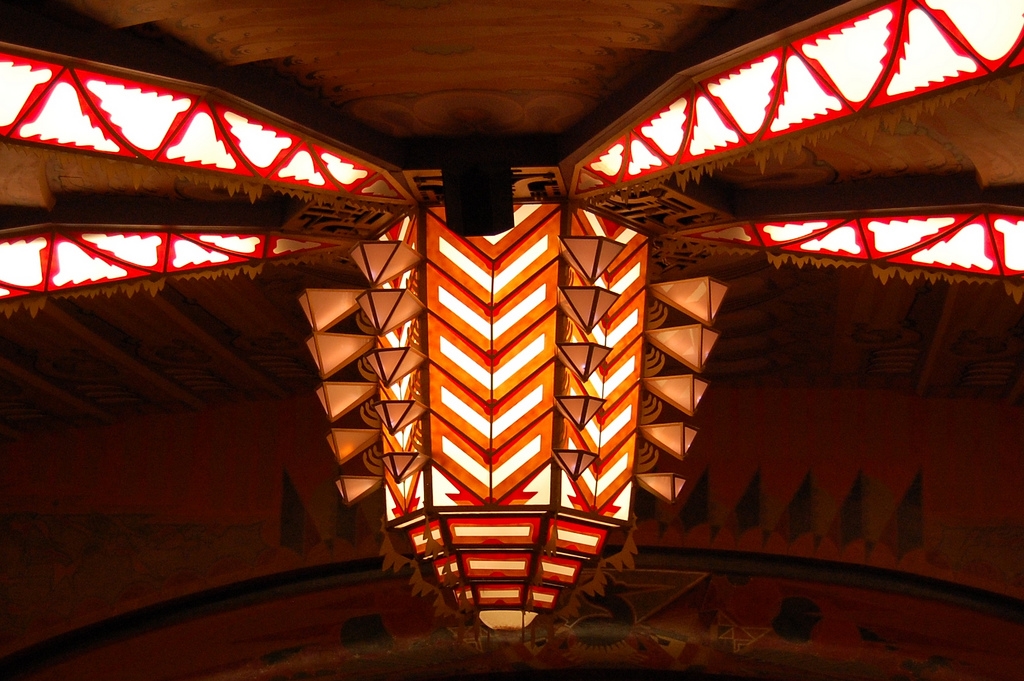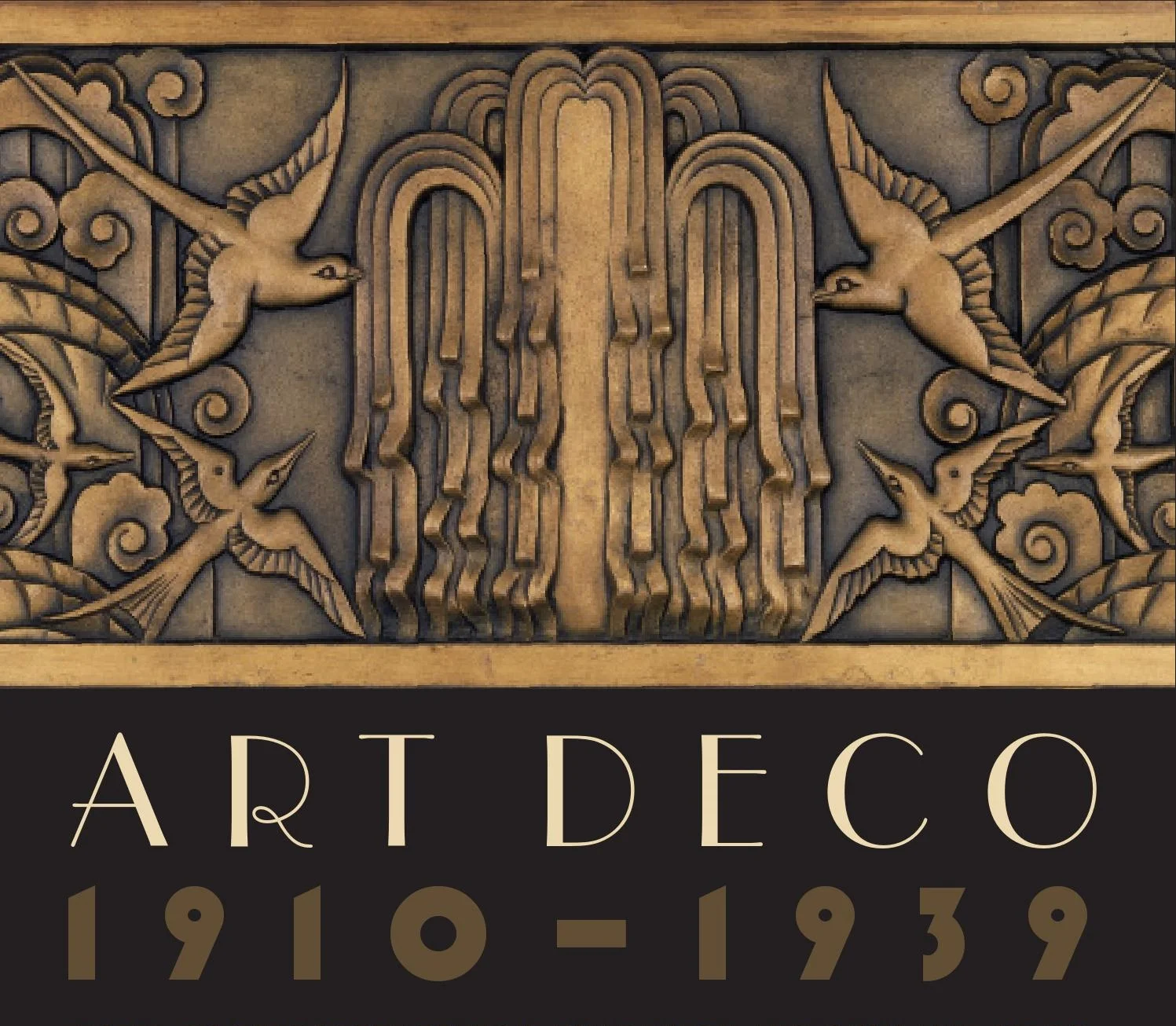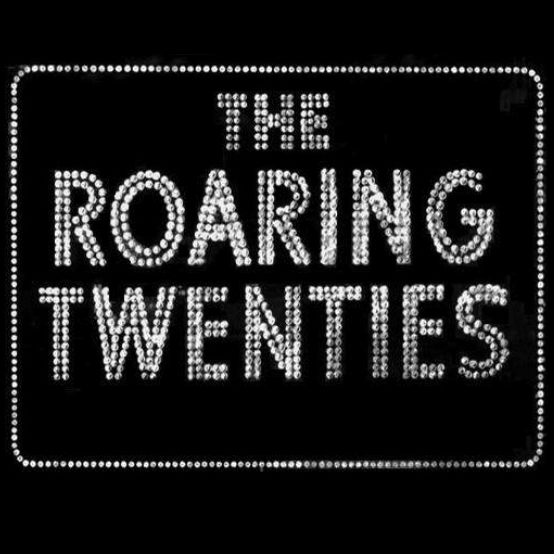What exactly is Art Deco?
One of the most common questions I receive from readers is "What is the Art Deco definition? The most straightforward answer is 'art that is decorative.'
But let me elaborate...
Art Deco Terminology
The term 'Art Deco' is taken from the name of the 1925 Paris exhibition titled Exposition Internationale des Arts Décoratifs et Industriels Modernes. The most popular and respected French artists of the day showcased their work at this exhibition.
Jewelry makers, graphic artists, painters, architects, fashion designers and all other manner of craftsmen and women displayed their pieces at the exhibition. All of the works had a commonality - they were not only functional, but also very beautiful (i.e. decorative).
The term came up again in an article by the architect, Le Corbusier, titled '1925: Arts Déco' and in 1966 at the retrospective exhibition titled Les années '25: ArtDeco / Bauhaus / Stijl / Esprit Nouveau. But it wasn't until Bevis Hiller published his book, Art Deco of the 20s and 30s in 1968 that term was used to truly define that style movement.
In essence, Art Deco is a modern interpretation - 'Espirit Nouveau' - of the art movement that preceded it, Art Nouveau. So it may be helpful to structure the Art Deco definition in contrast to Art Nouveau....
Art Nouveau
Art Nouveau came into existence as a reaction to the purely functional and practical spirit of the Industrial Revolution. In the late 18th and early 19th centuries, society was primarily concerned with production, machinery and the output of goods. Less focus was placed on beauty.
If something did not serve a practical purpose, it was in essence useless, regardless of how much pleasure it gave you to look at and admire it. But just like with anything in life, when you focus on one aspect of something at the exclusion of another, the other comes back with a vengeance! And so in came Art Nouveau.
By Art Nouveau artist, Alphonese Mucha - Photo source: Laurel Wilkinson
Artists of the day began creating works of art that were highly stylized and purely decorative. The focus started to shift from the cold, dismal, lifeless factories to the energetic, colourful natural environment. Artists began to incorporate naturalistic motifs into their works - dragonflies, insects, flowers, birds, flowing water, etc.
Rounded edges, scrolls and curves were very popular as they evoked a more organic, natural feel. Moreover, the focus was back on beauty and decoration. Everything from architecture to jewelery to common household objects was embellished and beautified - function took a back seat and beauty was glorified.
Art Nouveau to Art Deco
Art Deco followed in Art Nouveau's footsteps in that it also paid homage to beauty, but it was a more 'modern' interpretation. The Machine Age was well underway at this time and function became an important requirement again. The rounded, scroll, naturalistic motifs of Nouveau were replaced with geometric, angular and streamlined motifs like zigzags and chevrons (notice the difference in designs in the two lamp pictures above). Function was important, but not at the expense of beauty and decoration.
Art Deco Definition
To sum up, the Art Deco definition can be outlined as follows: Art Deco is both a functional AND decorative artistic style that emerged in the early 1920s and influenced all forms of creative design.









